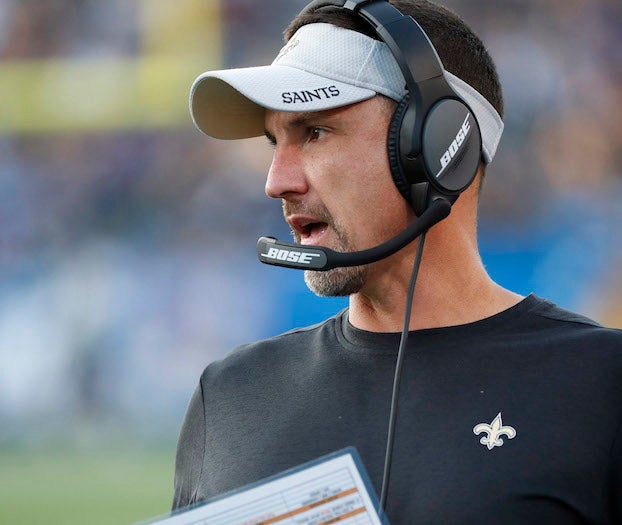Australian swimming’s relay dynasty is built on trust
Published 9:43 am Friday, July 23, 2021
By ANDREW DAMPF
AP Sports Writer
TOKYO (AP) — A constantly refilling pool of talent. Well-rehearsed changeovers. And plenty of speed.
There are many reasons why the Australian women are heavily favored to win a third straight gold medal in the 4×100-meter freestyle relay at the Tokyo Olympics.
None bigger, though, than the trust that they’ve developed in each other while winning gold at three of the past four Games.
“We’ve built that through many years of competing together,” said Bronte Campbell, who was a member of the 2016 team and is a “relay-only” swimmer for these Games.
“So that’s probably the glue that holds the whole team together. It is such an honor to be on the team, and it’s so hard for us to make that team every time. So when you do make it, you know you have each other’s backs and you really, really trust in each other,” Bronte added in a recent joint interview with her older sister, Cate Campbell.
Australia has so many great sprinters these days that Bronte, a former world champion in the individual 100, might swim only the heats of the 4×100 this year. That’s because Emma McKeon, Cate Campbell, Madison Wilson and Meg Harris all finished ahead of her at the Australian trials last month.
Cate, who is swimming in her fourth Olympics, ties together the generations.
“We have kind of inherited this legacy event,” Cate said. “We took over from legends by the likes of Libby Trickett and Alice Mills (now Alice Tait) and Jodie Henry. Now the baton is in our hands and we want to make it so that we leave it in a really good strong position.
“It’s honestly a real honor and a privilege to be a part of this relay team,” Cate added. “It’s been one of the highlights of my career.”
The Australians held a 10-day relay camp in February on the Gold Coast in Queensland, which provided not only a chance for extensive training but also a reunion of sorts amid the pandemic.
“Not everyone lives in the same state and we hadn’t seen each other for about a year,” Bronte said. “We really have had no contact with anyone and that’s a huge part of it as well, making sure that the team really gels. So that was great.”
The team practiced every scenario that they might face in Saturday’s heats and Sunday’s final — one of the first medal events on the swimming program.
“The coaches would kind of tell the swimmers, ‘On this one you have to do a really short touch on the wall.’ Then I would have to get used to changing with a short touch. Or, ‘You’re going to be long on the wall’ or ‘You’re going to speed up on the way into the wall,’” Cate said.
“And then ultimately you have to trust yourself. You have to trust that you’ve done the work, that I know how to do this and that I can execute it when it matters. And history shows that I can. So it’s a lot of preparation and then self-belief on the day.”
While the Australians are favored, the Netherlands also has a veteran team featuring Ranomi Kromowidjojo and Femke Heemskerk, who were both members of the Dutch squad that claimed gold in 2008, when Australia came third.
Sweden, led by 100-meter world-record holder Sarah Sjöström, is also a threat, as is the United States — like always.
The key to winning is usually in the changeovers, which require teammates to read each other’s strokes.
“I usually get up on the blocks when they’re about 25 meters out and I can watch them come in,” Cate said. “You get a little bit of a feel for their stroke and whether they’re speeding up or slowing down. Whether their stroke is shortening or lengthening.
“But a pretty good general rule to go by is, once their head crosses through the black T (on the bottom of the pool) you’re pretty safe to go. You may not have the fastest changeover but you’re pretty much guaranteed that it will be safe.”
Added Bronte: “The freaky thing about a relay changeover is you actually never see them touch the wall. So you should be gone and in the air before their hand hits the wall, because your feet should still be on the blocks when their hand hits the wall, which means your body has got to move quite a long time before that. So you just got to pick your mind and then back yourself, because you can’t hang around to watch them touch.”
In the end, Australia usually touches first.
———
More AP Olympics: https://apnews.com/hub/2020-tokyo-olympics and https://twitter.com/AP—Sports
———
Andrew Dampf is at https://twitter.com/AndrewDampf





